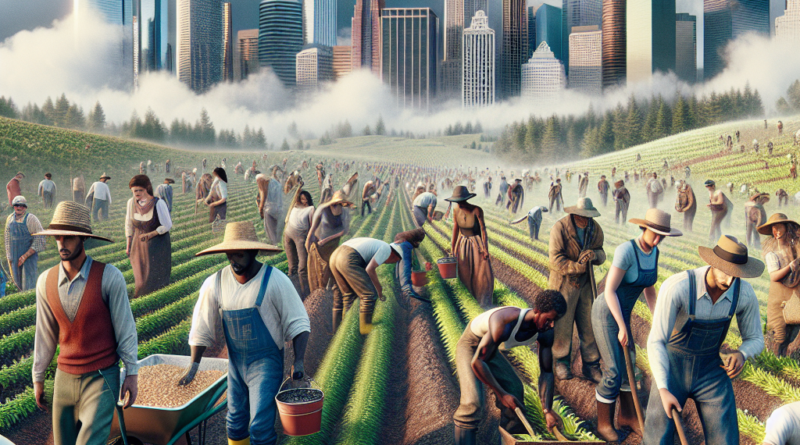Limits and Constraints of Occasional Agricultural Work
Occasional Work in Agriculture: Opportunities and Constraints
With the 2023 Budget Law, occasional work contracts in agriculture have made a comeback for the years 2023/2024.
Through circular 102 of 2023, INPS (National Social Security Institute) has provided agricultural employers with instructions on how to manage this type of work in compliance with the constraints and limits set by the regulations.
The INPS circular also outlines the consequences for employers who exceed the maximum duration allowed in a calendar year when hiring under this type of contract, as well as detailing the remuneration due to occasional agricultural workers and the methods of payment.
In addressing these aspects, it’s important to provide an overview of occasional work in the agricultural sector.
Occasional work has thus returned to the agricultural sector on an experimental basis for the biennium 2023 – 2024.
During this trial period, contributions must be paid to INPS by the employer at the end of each worker’s occasional job.
This represents a hybrid form of employment relationship positioned between occasional work with vouchers and regular dependent employment, as the responsibilities remain with the employer.
The latest updates were issued on January 19, 2023, by INPS through circular number 6.
Occasional Agricultural Work: Limits and Constraints
Occasional agricultural work refers to subordinate fixed-term employment that cannot exceed 45 days per year per worker.
This contract type excludes retirees and individuals who have previously had a dependent employment in agriculture within the 3 years preceding the start of the occasional work.
Only specific categories of workers are eligible for this contract, including the unemployed, recipients of unemployment benefits, individuals on social safety nets or basic income, retirees, young people up to 25 years of age enrolled in any educational program, inmates or detainees authorized for external work, and individuals in semi-liberty situations.
INPS may deduct the contributions credited for occasional agricultural work from the contributory period for social safety nets.
Employers are required to pay these contributions at the end of each occasional job.
Obligations of the Agricultural Employer
Before commencing work, both the agricultural worker and the employer have obligations to fulfill.
The worker must provide the employer with a self-certification declaring their status, confirming no previous dependent employment in the past 3 years.
As for the employer, they must inform the Employment Center about the start of the established employment relationship.
Compensation for Occasional Agricultural Work
The compensation for occasional work is directly provided by the employer through traceable payment methods.
Payments to workers must not be made in cash and should be based on the national and provincial collective labor agreements (CCNL).
Employers failing to comply with these agreements are not allowed to use this contract type.
What’s remarkable about these compensations is their:
– tax exemption;
– non-impact on the unemployed status within the 45 days limit per year;
– full compatibility with any social security benefits.
Calculation of Contributions
The introduction of occasional agricultural work aimed to simplify the management procedures for this specific contract type.
The contract can last up to 12 months (within the 45 working days limit), and only one declaration per year per worker is required.
Employers fulfill their contribution obligations by paying a lump sum of social security and welfare contributions with a fixed contribution rate to INPS.
These contributions should be made using the same Uniemens transmission system under the “PosAgri” section and must be paid by the 16th day of the month following the end of the job.




